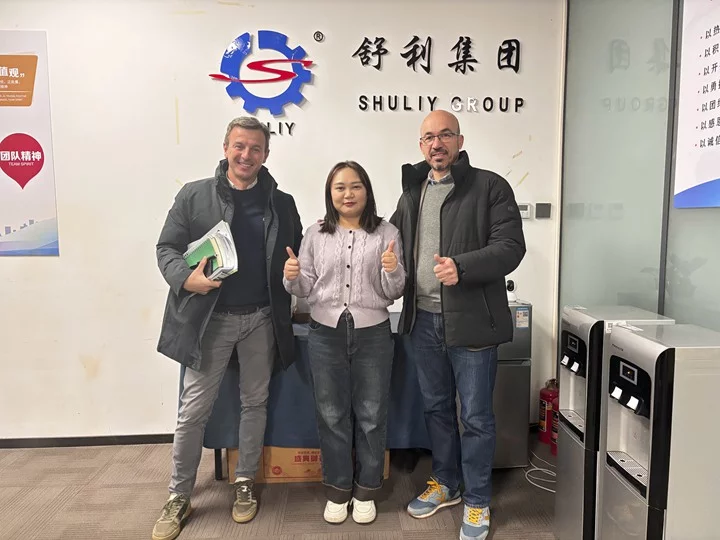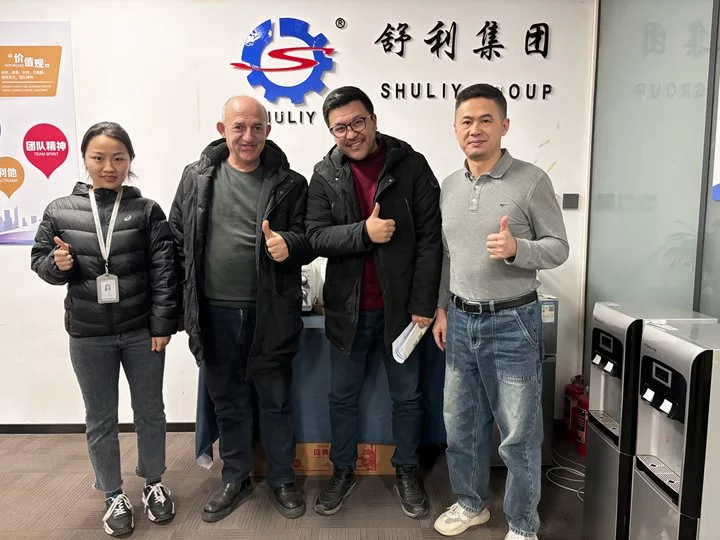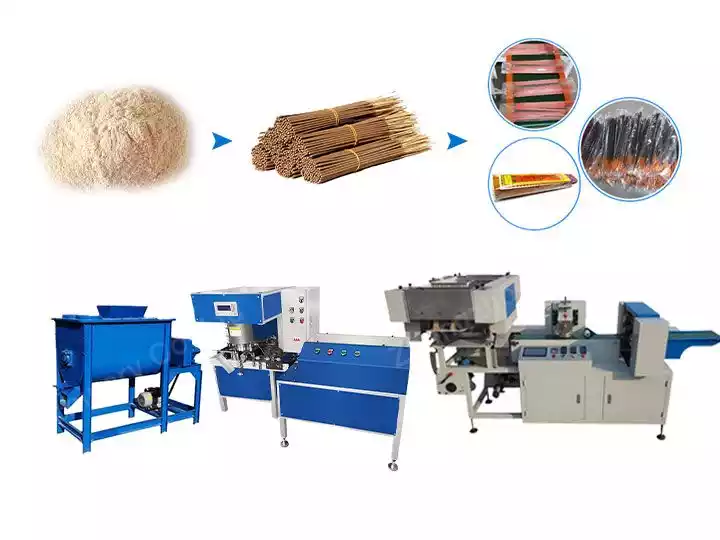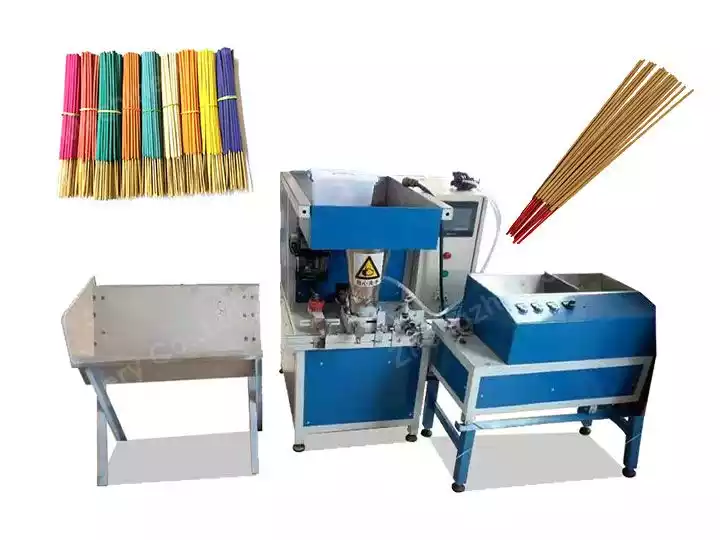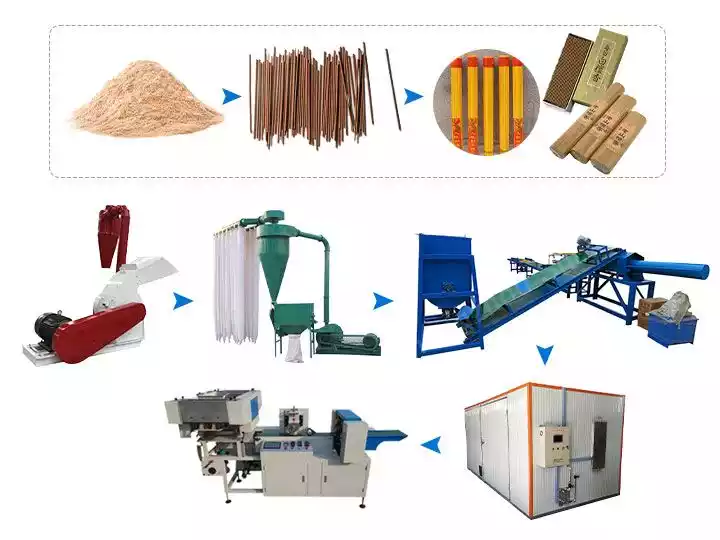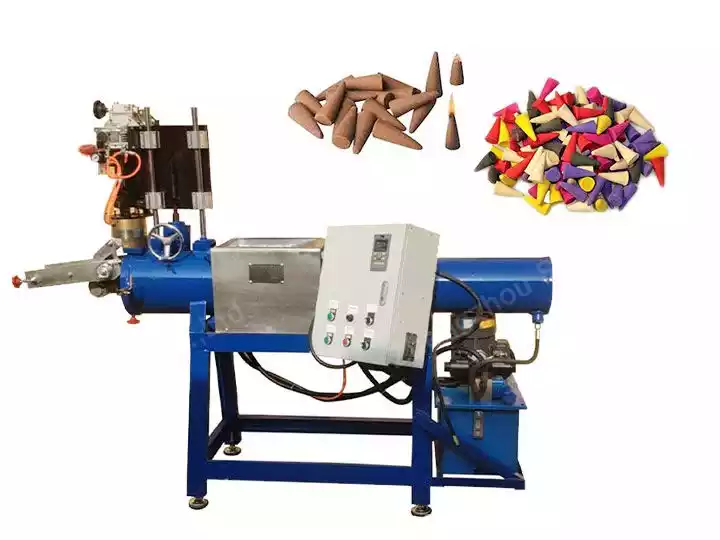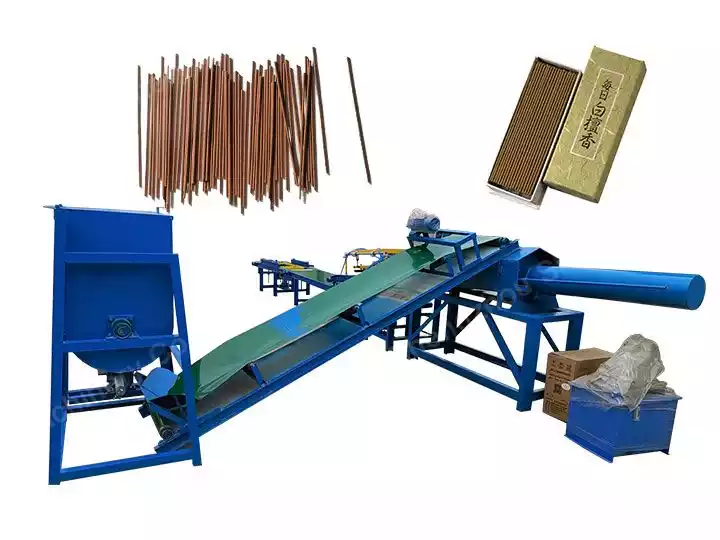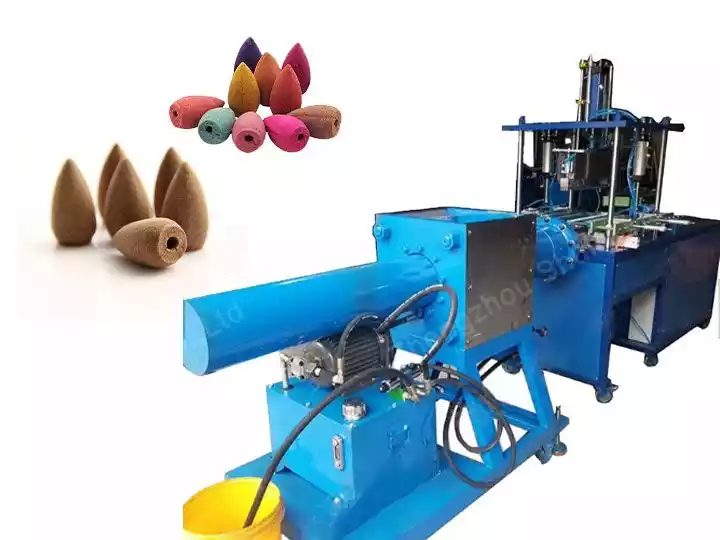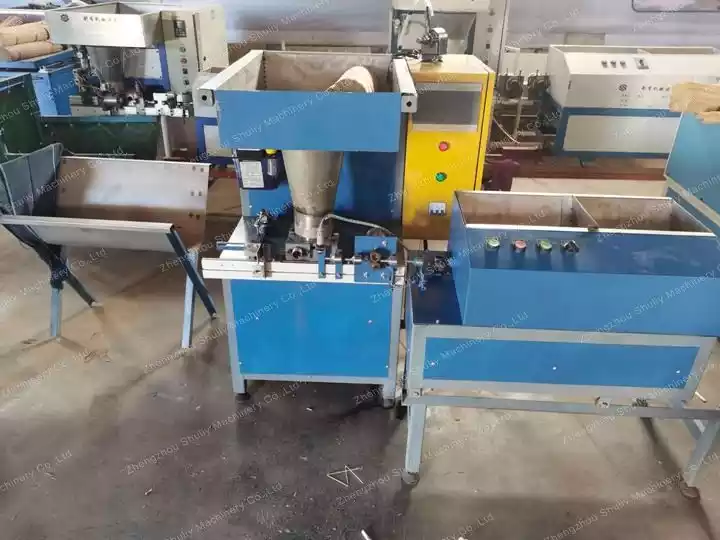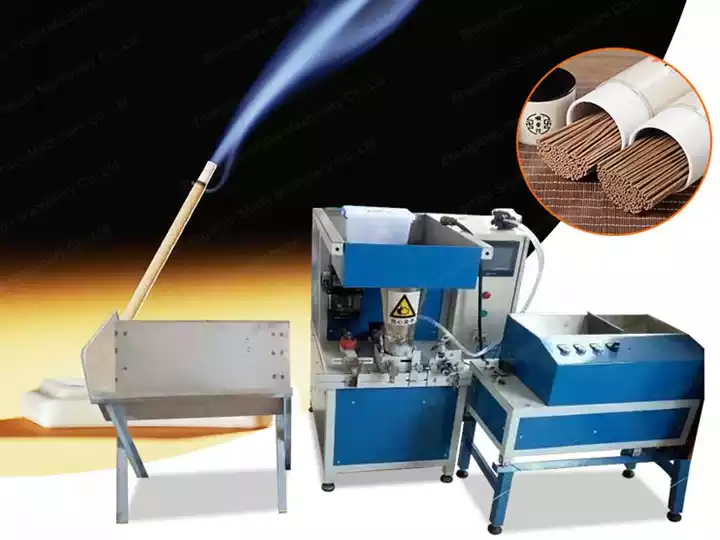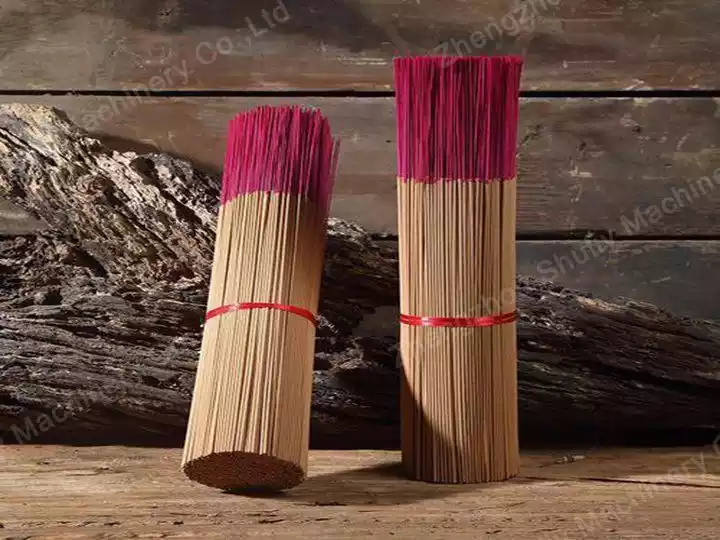The Price of Incense Making Machines in Indonesia
Indonesia is one of the world’s largest consumers and exporters of incense products. From temples and religious ceremonies to household use, incense has deep cultural roots across the country. As a result, more and more small and medium-sized businesses in Indonesia are investing in automatic incense stick machines to meet local and export demand.
But how much does an incense making machine actually cost in Indonesia, and what factors determine its price?
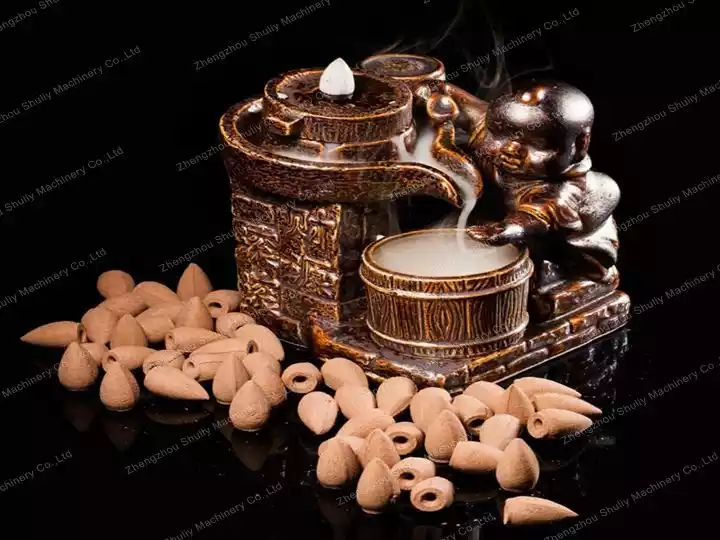
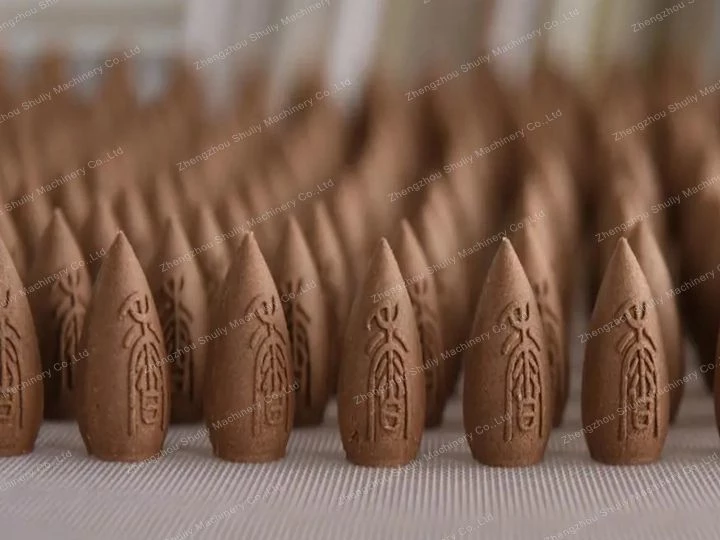
Factors Affecting the Price of Incense Making Machines
The price of incense machines in Indonesia can vary widely depending on several key factors:
Production capacity – small semi-automatic incense stick machines (10–30 kg/h) are more affordable, while high-output automatic models (100–200 kg/h) are higher priced.
Automation level – machines with automatic feeding, cutting, and counting systems require less labor and therefore cost more upfront but save long-term costs.
Material and build quality – stainless steel and heavy-duty structures ensure a longer lifespan and stable performance, which increases the price slightly but lowers maintenance.
Machine function type – there are different types of machines, such as agarbatti machines, cone incense machines, and backflow incense machines. Each has different designs and molds.
Brand and after-sales service – choosing an established manufacturer like Shuliy Machinery provides localized installation guidance and remote after-sales support.
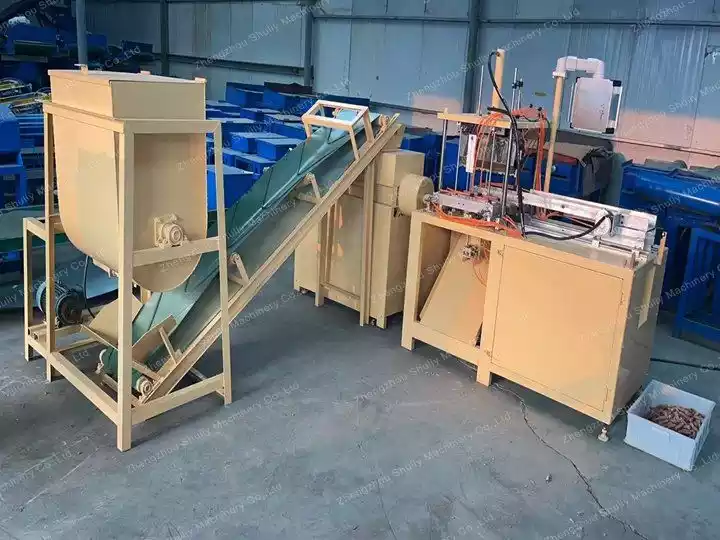
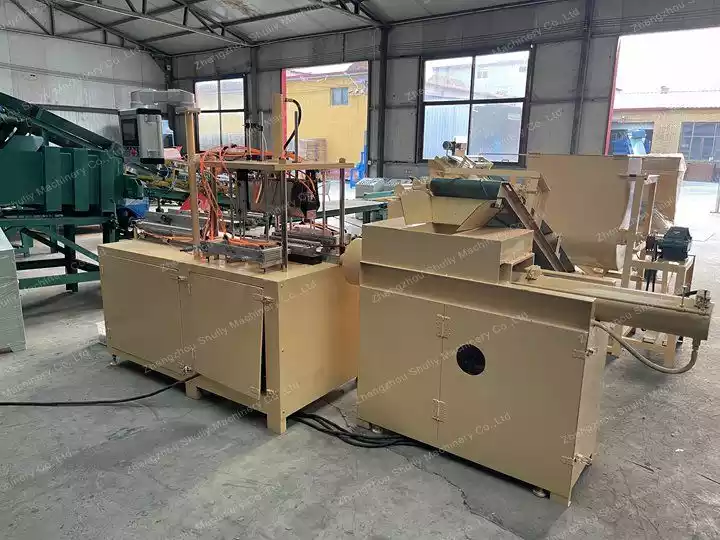
Why Indonesian Buyers Are Investing in Incense Machines?
The incense industry in Indonesia has strong local and export markets. Manufacturers in Java, Bali, and Sumatra are especially active.
Key reasons why investment in incense machines is increasing:
Low raw material cost – wood powder and charcoal dust are easily available locally.
High profit margin – finished incense sticks have a high market value compared to raw materials.
Small space needed – a full incense production setup can fit in a small workshop.
Quick ROI – most businesses can recover their investment within 3–6 months due to daily sales volume.
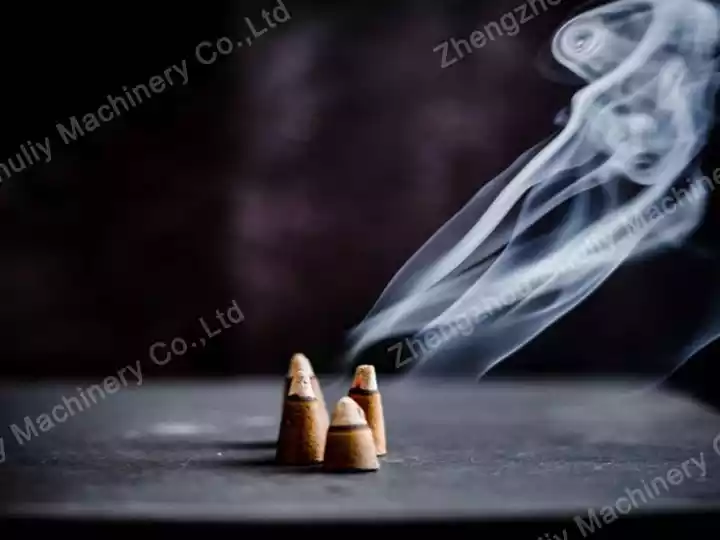
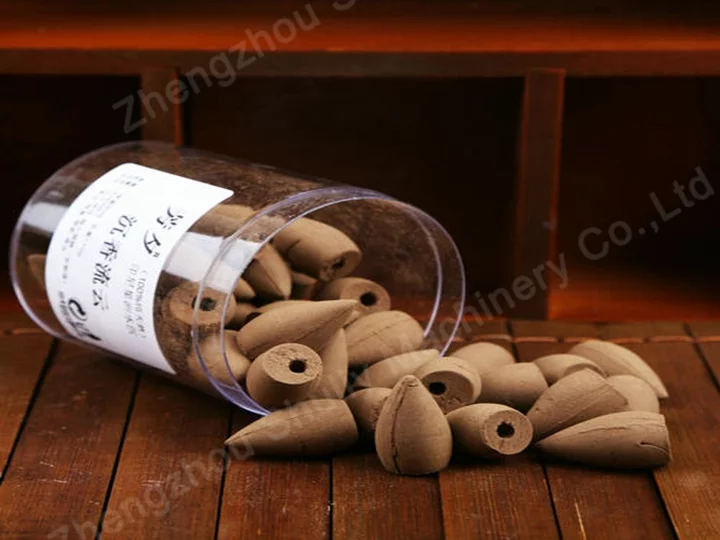
Return on Investment Analysis
A medium-configuration fully automatic incense-making machine can produce 20–50kg of incense products per hour. Operating an average of 8 hours daily, it yields over 400kg of incense. Calculated at a profit margin of $1.50 per kilogram of finished product, monthly net profits can reach $1,000–$3,000.
For local Indonesian entrepreneurs, investing in an incense production line requires only tens of thousands of RMB. With a short payback period, this setup is ideal for SMEs seeking rapid entry into the religious goods and daily fragrance markets.
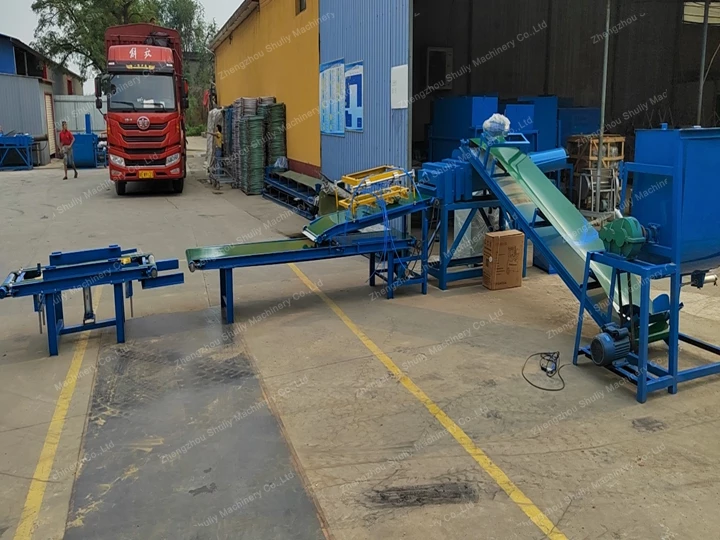
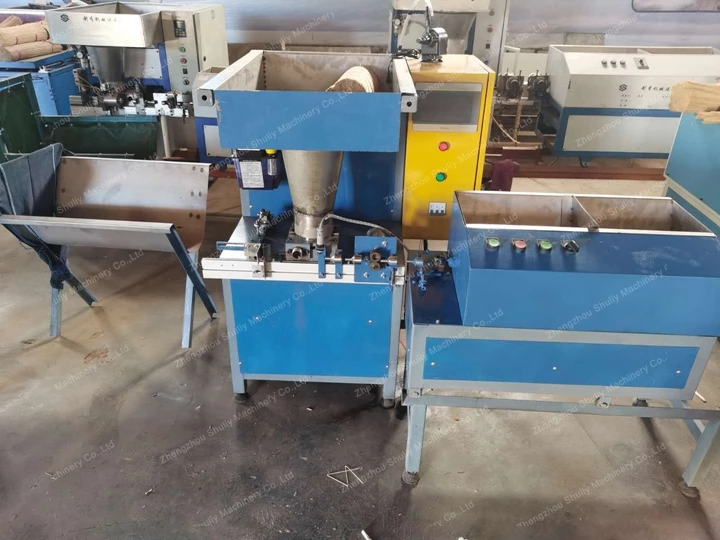
Recommended Machines for Indonesian Investors
For most small and medium-scale incense producers in Indonesia, the best choice is a fully automatic incense stick machine combined with:
- Powder mixer machine: to blend wood powder and adhesive evenly.
- Drying room or dryer: to speed up drying even in humid environments.
- Packing machine: to improve packaging speed and product appearance.
This complete incense making production line solution helps ensure consistent quality, high output, and easy operation — ideal for both local sales and export production.
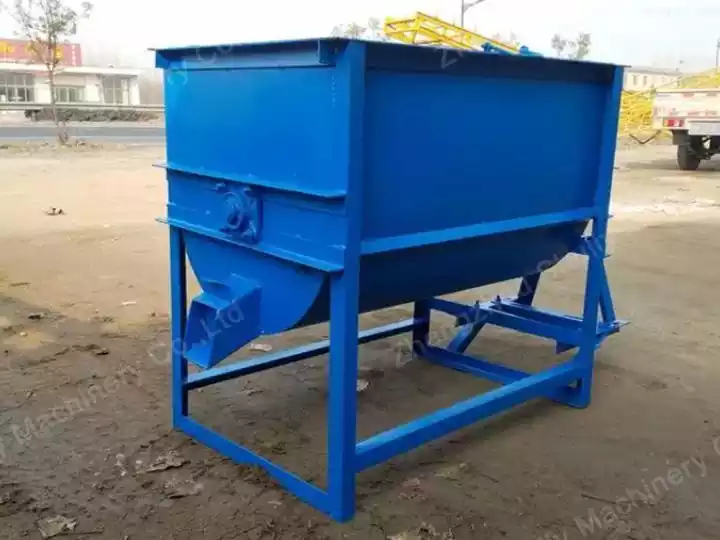
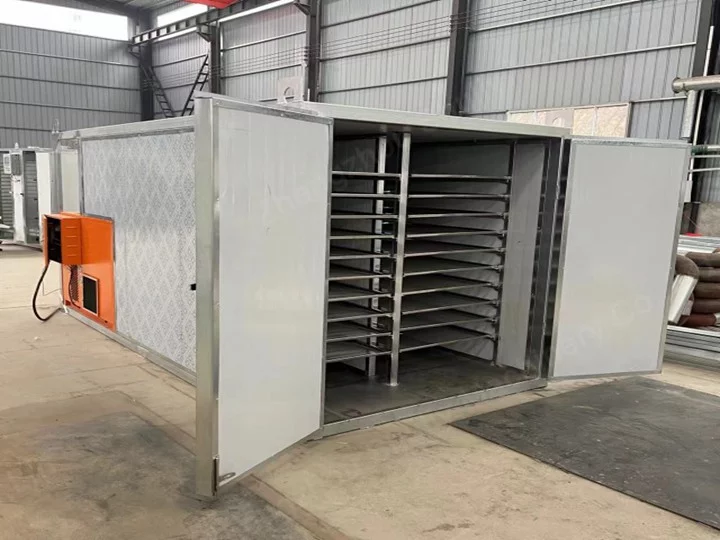
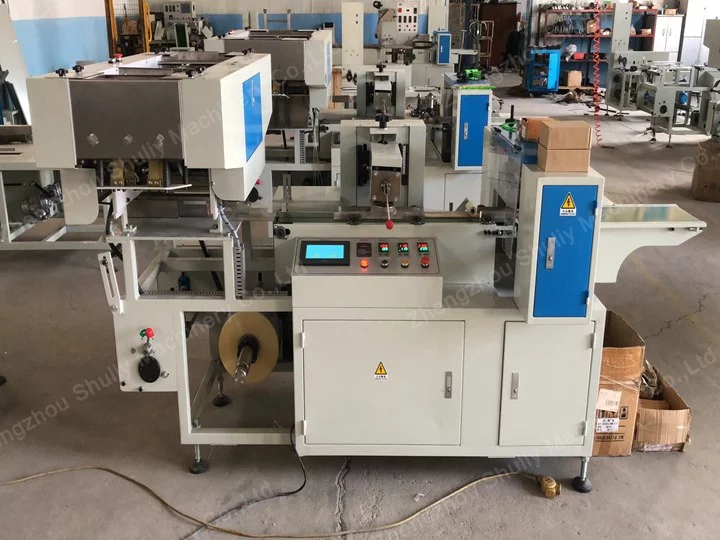
Advantages of Shuliy Incense Making Machines
Automated design: achieves a stable incense yield rate of up to 99%, minimizing raw material waste
Diverse mold options: supports production of various incense types, including stick incense, tower incense, backflow incense, and bamboo stick incense

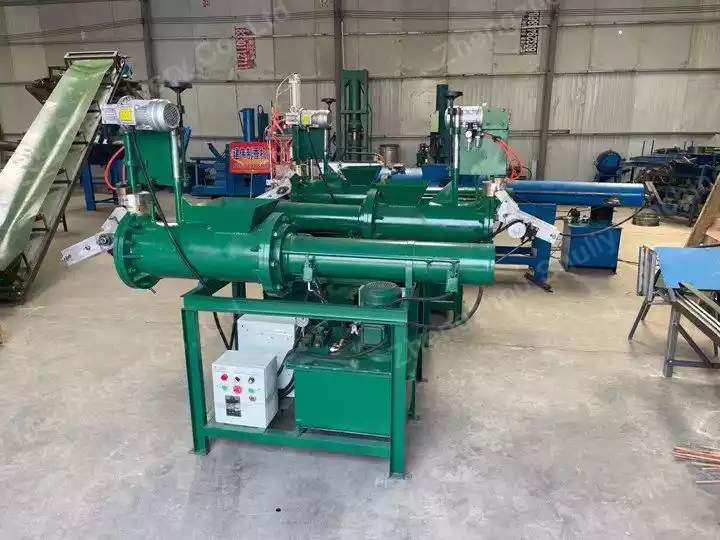
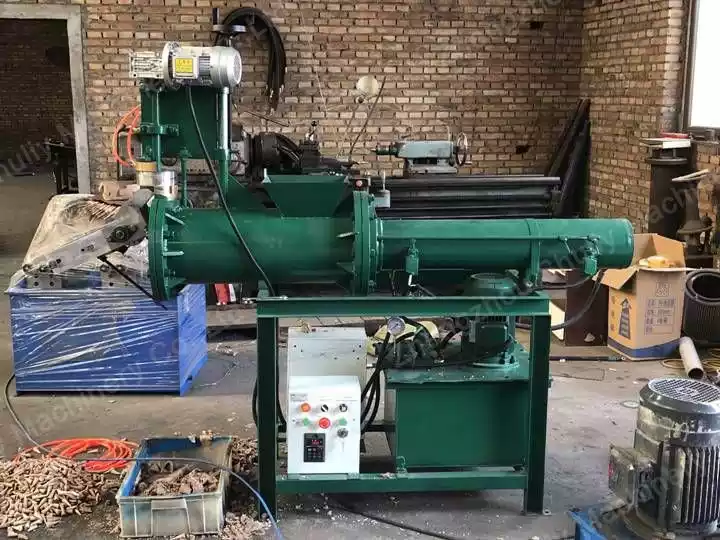
Simple operation: only 1–2 operators are needed to complete the entire process of incense making, drying, and packaging
Extensive export experience: Shuliy equipment has been exported to over 20 countries, including Indonesia, India, Vietnam, and Malaysia
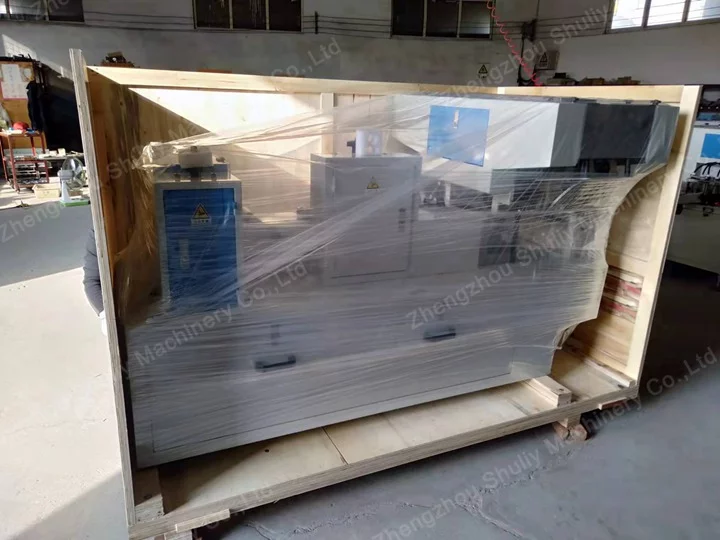
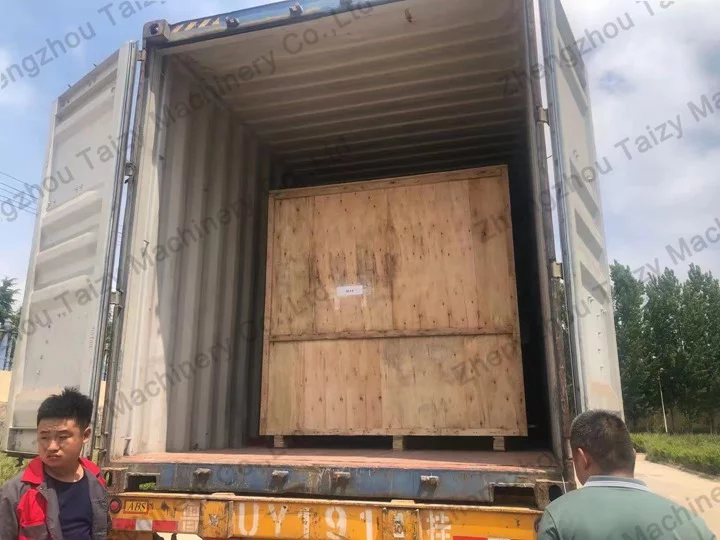
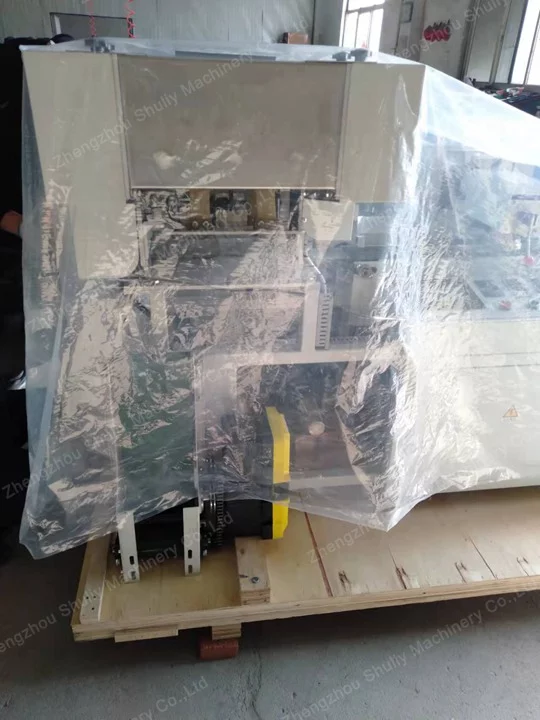
Choose Reliable Equipment
With the sustained growth of religious and daily chemical markets, Indonesia’s incense manufacturing industry is poised for new development opportunities.
Selecting a cost-effective, highly automated Shuliy incense machine not only reduces production costs but also rapidly boosts production capacity and market competitiveness.
